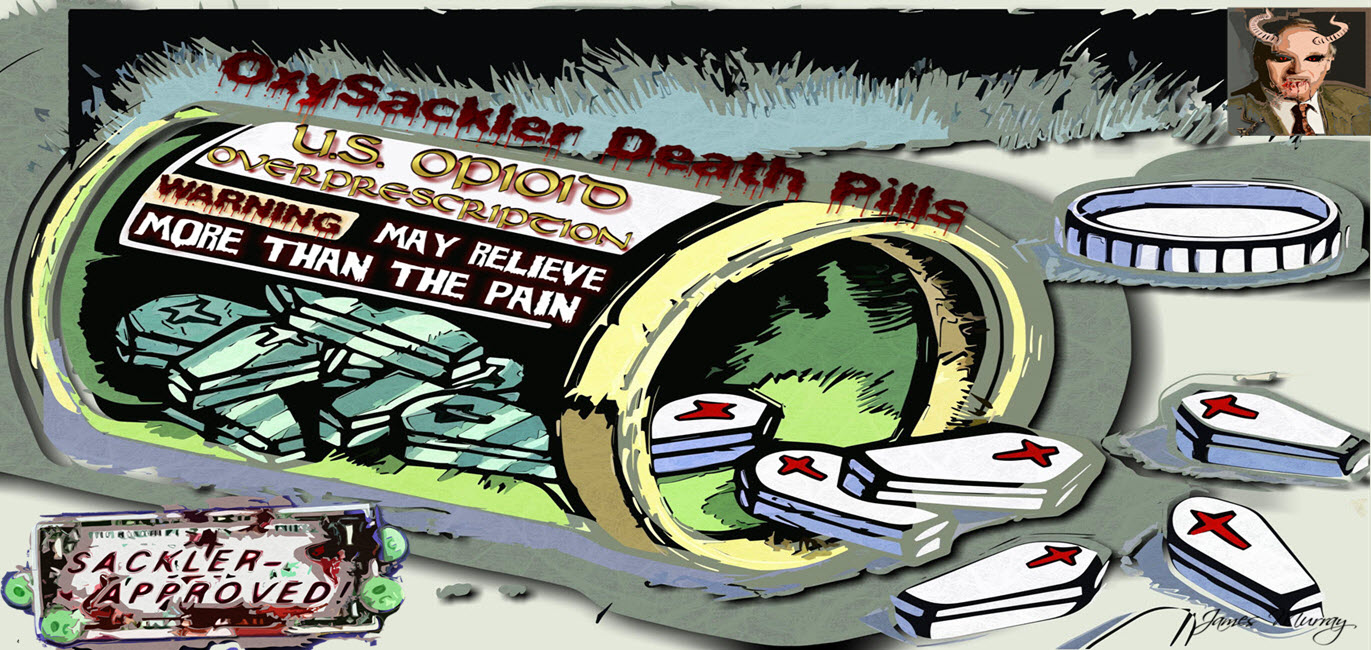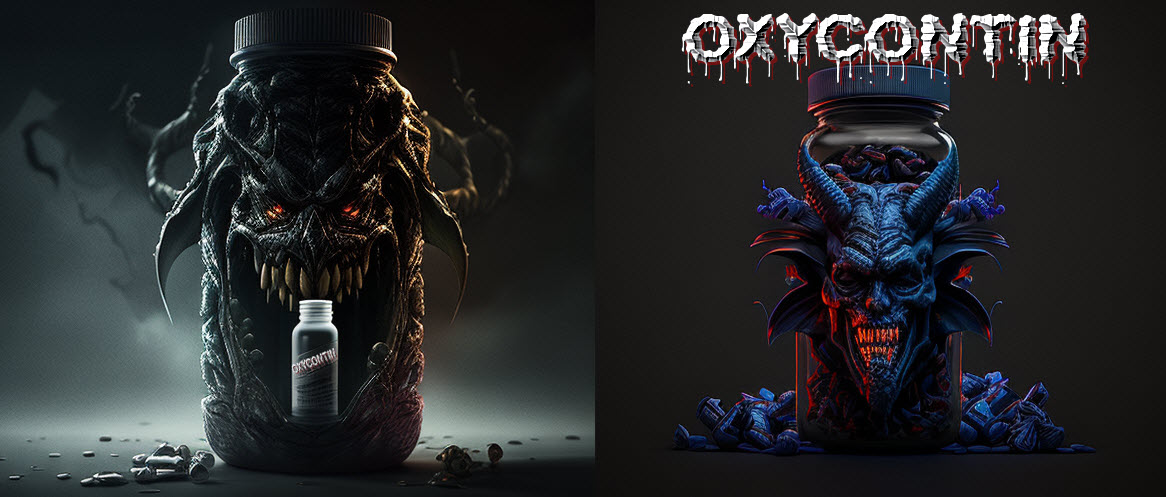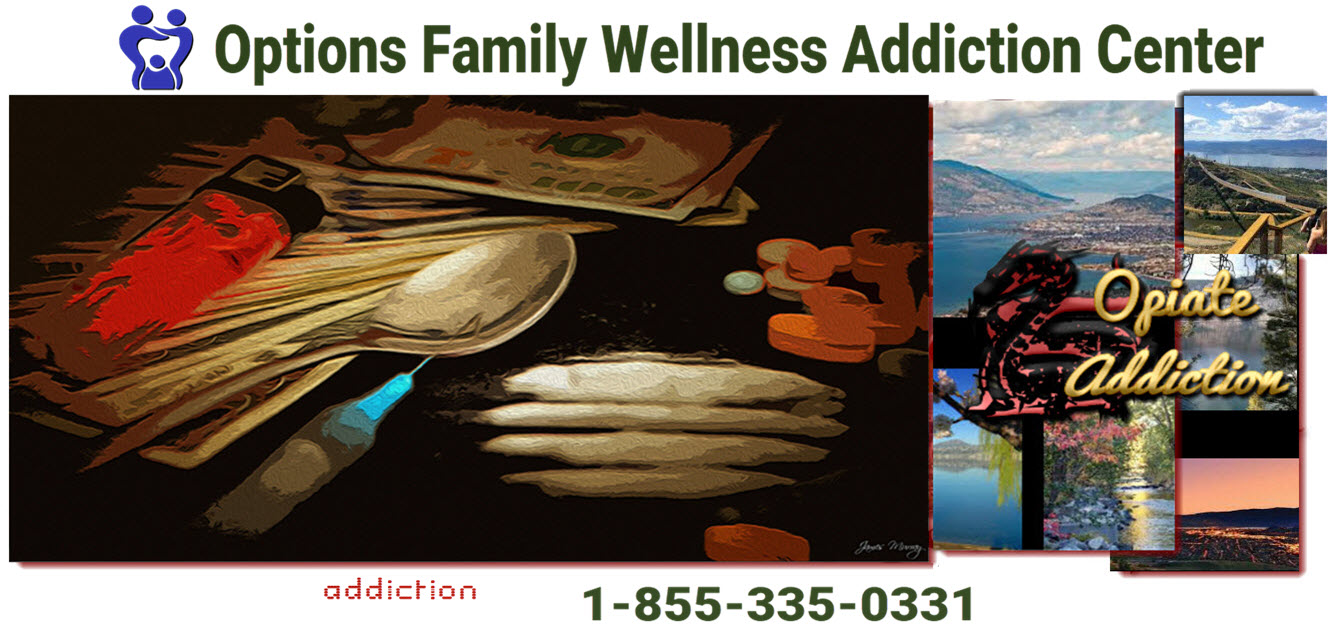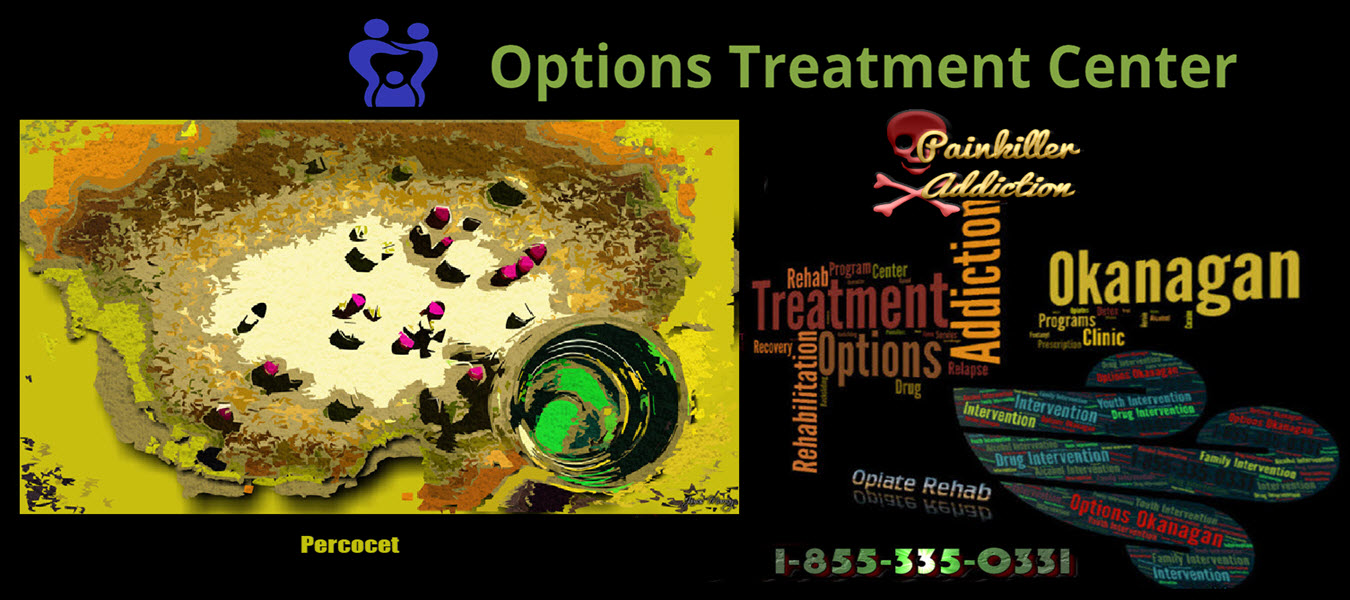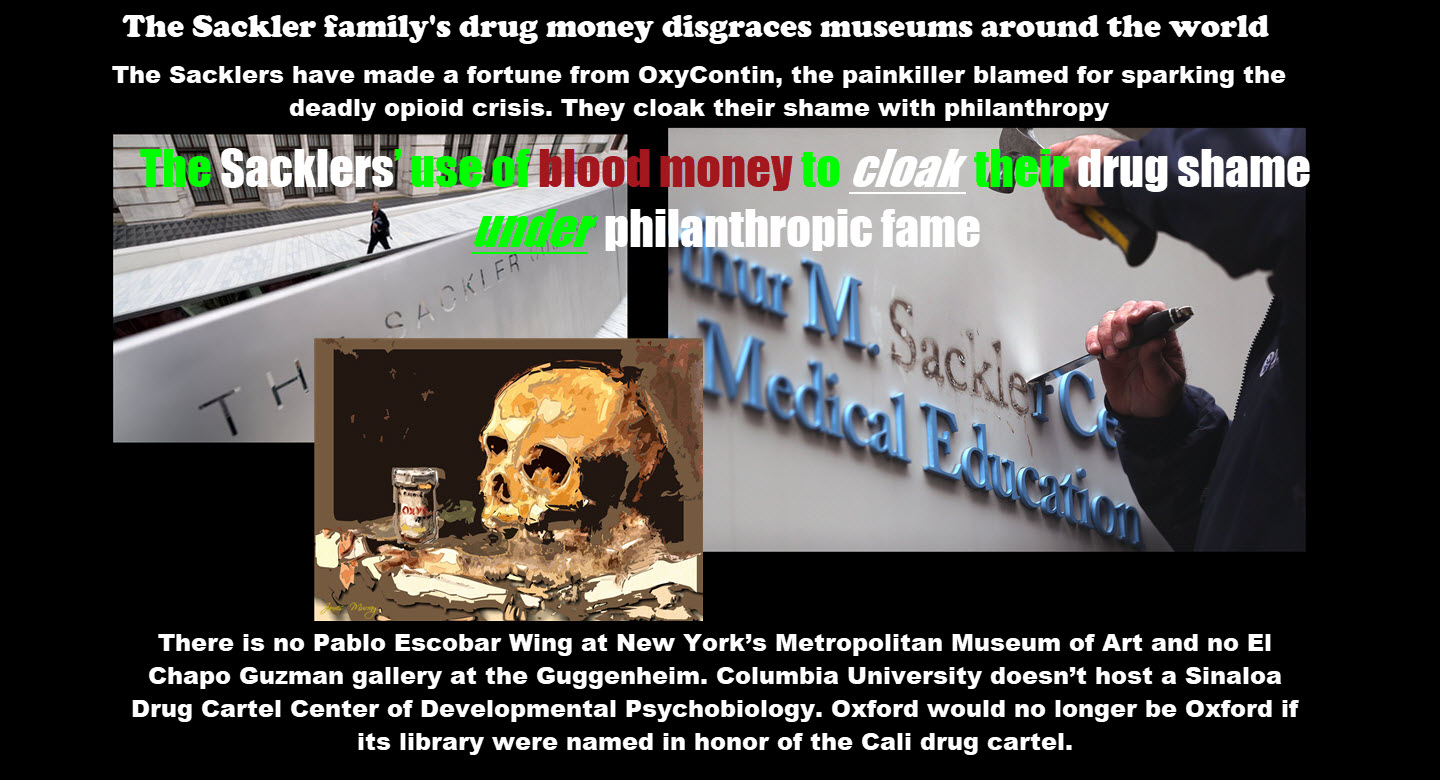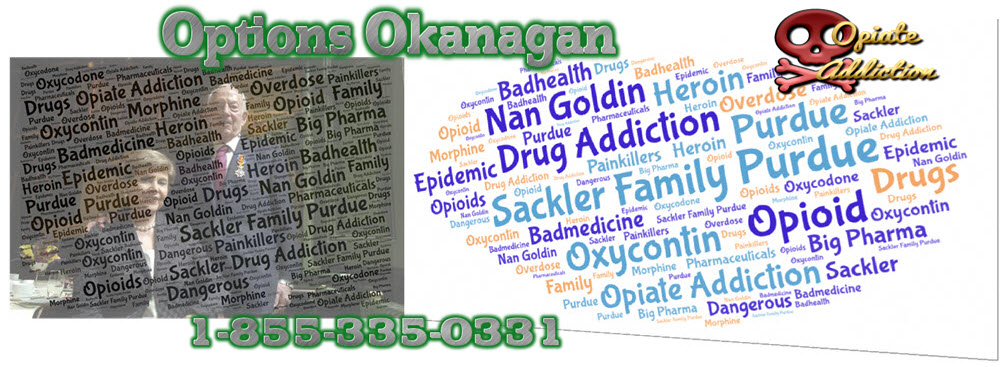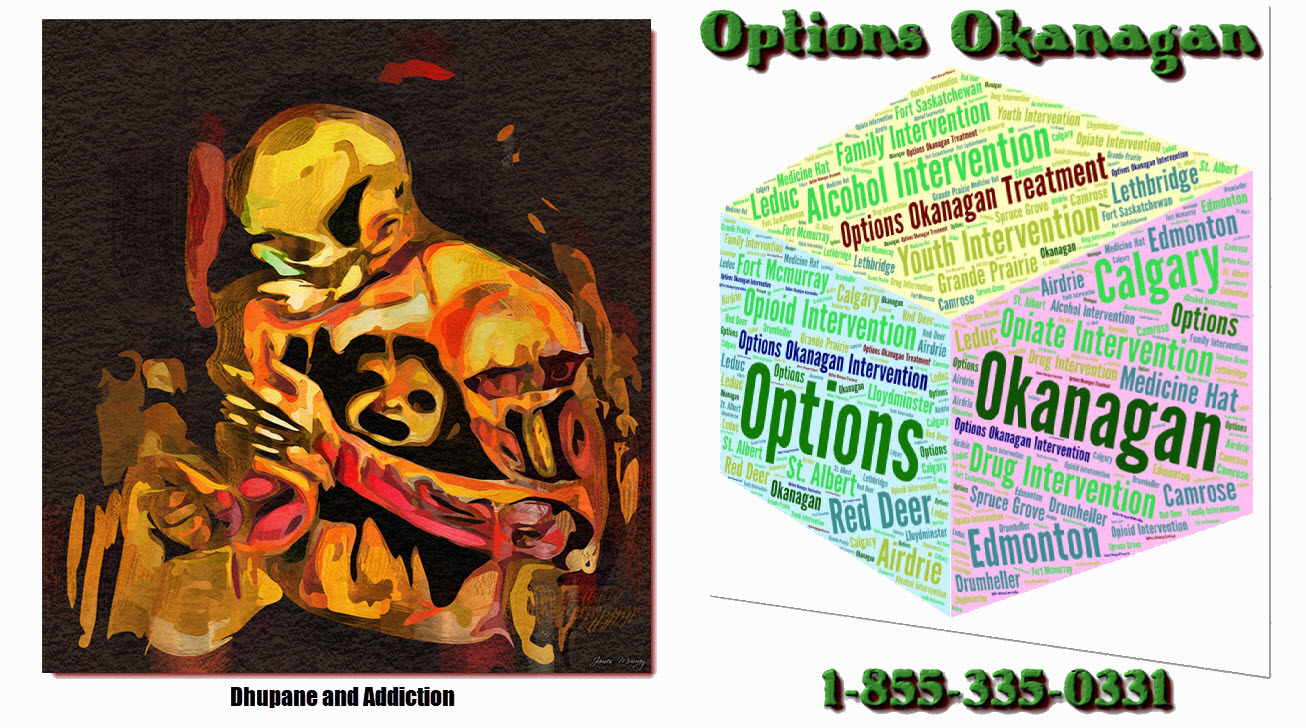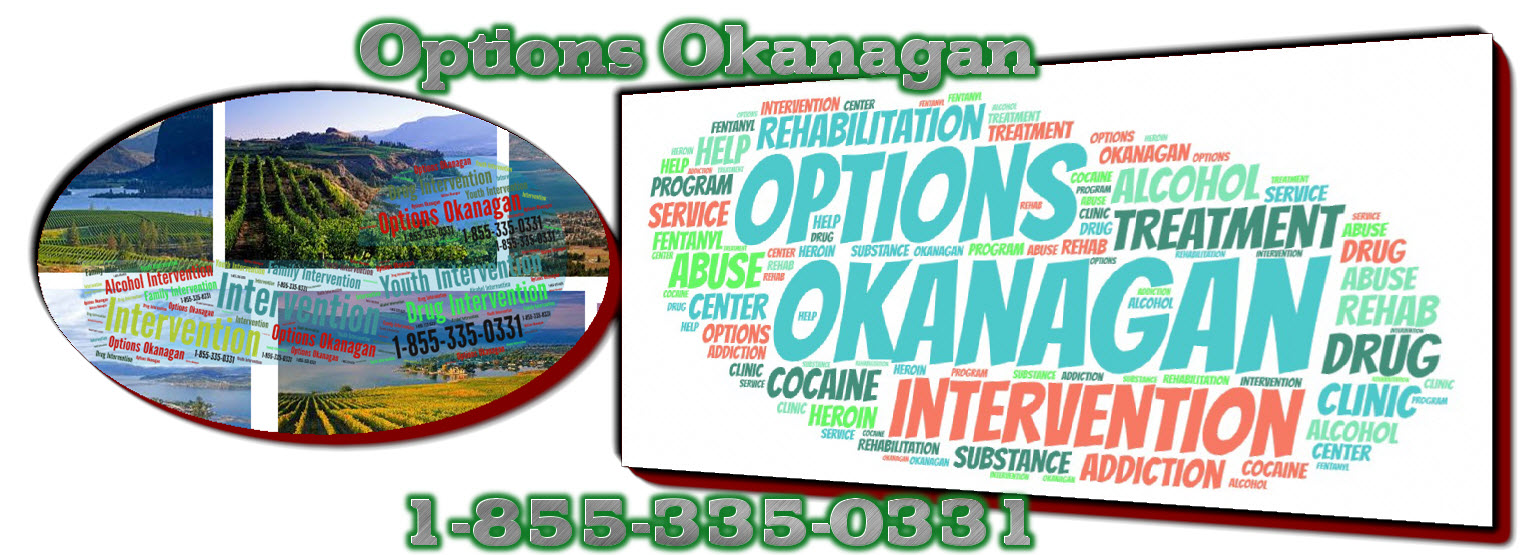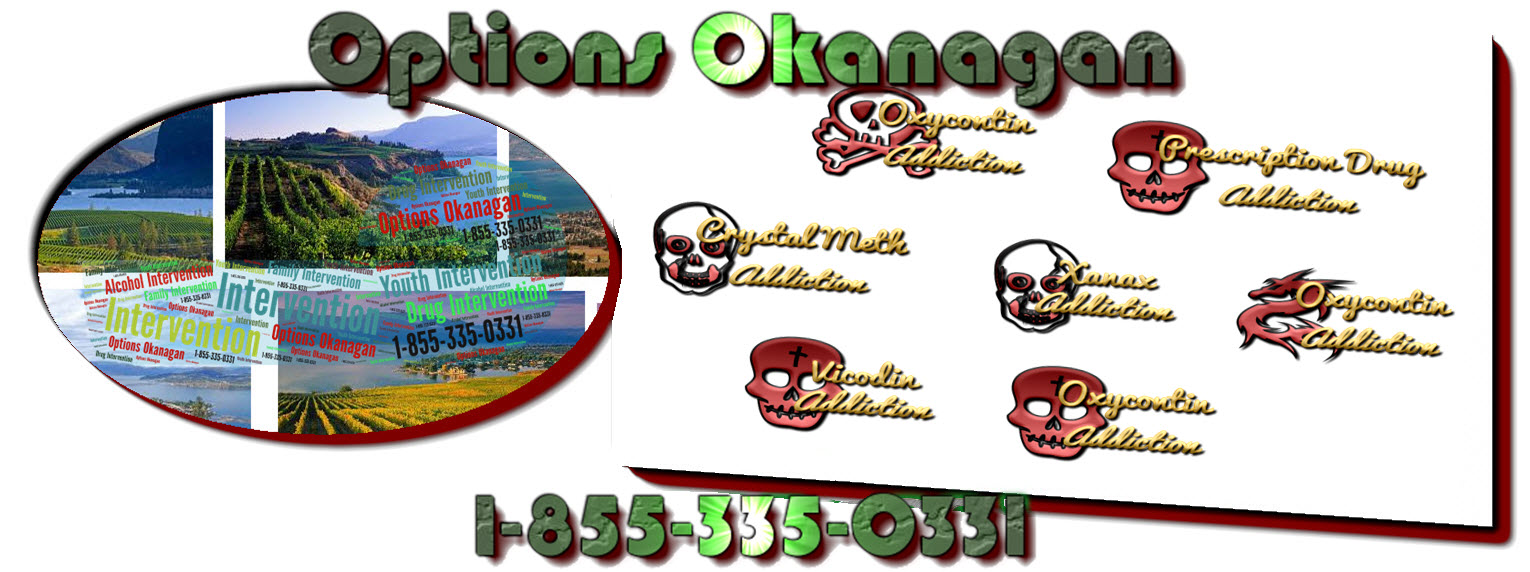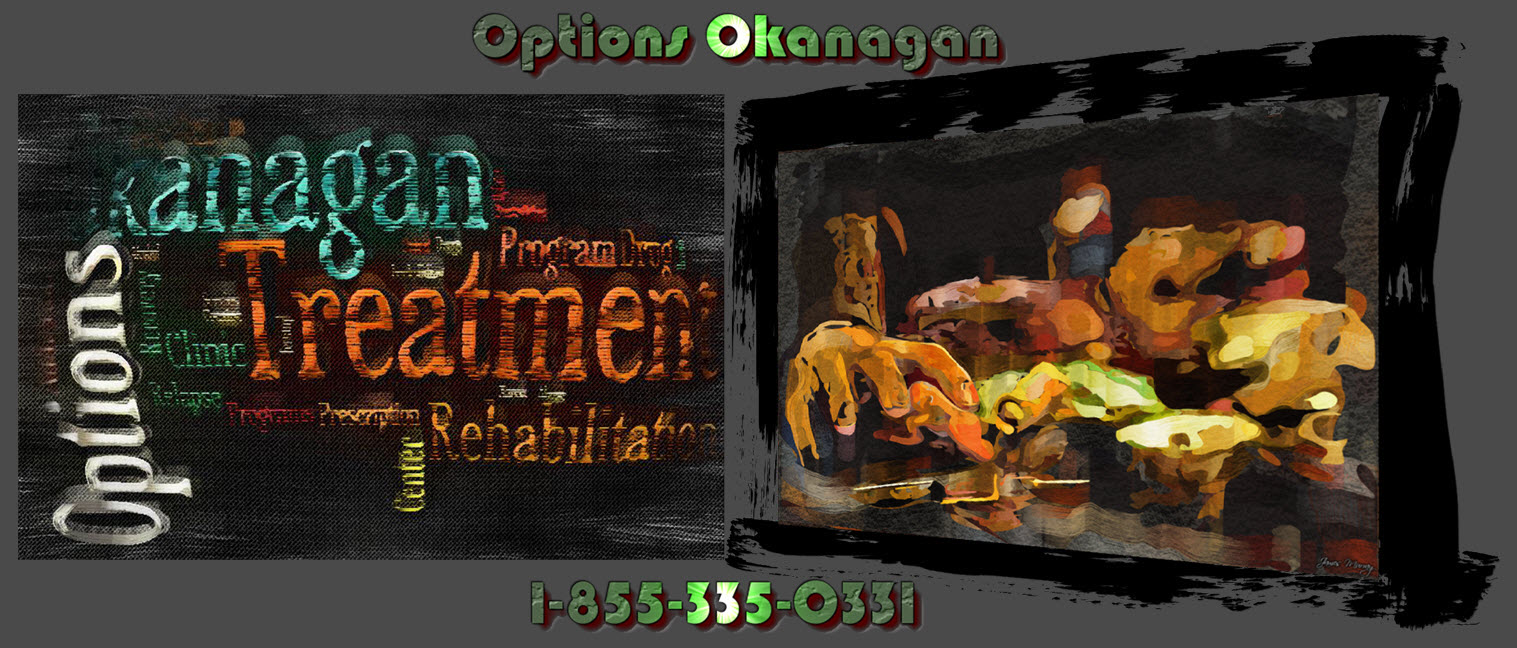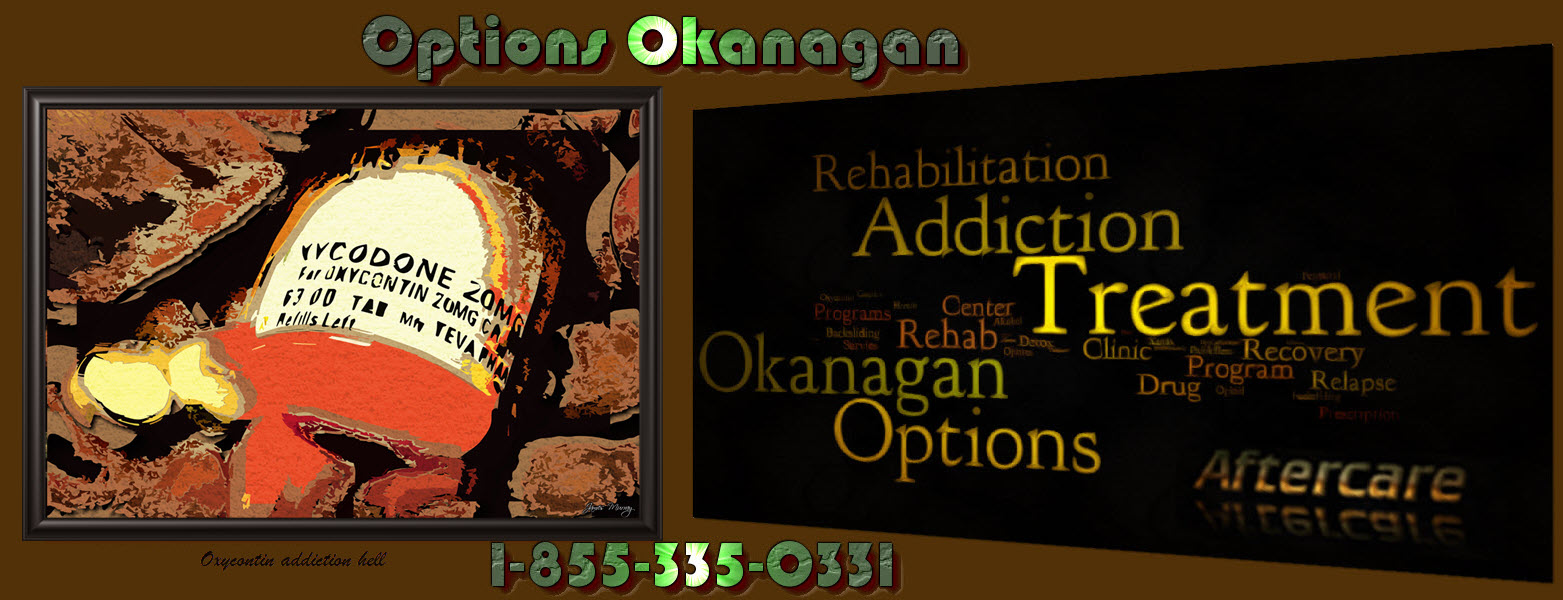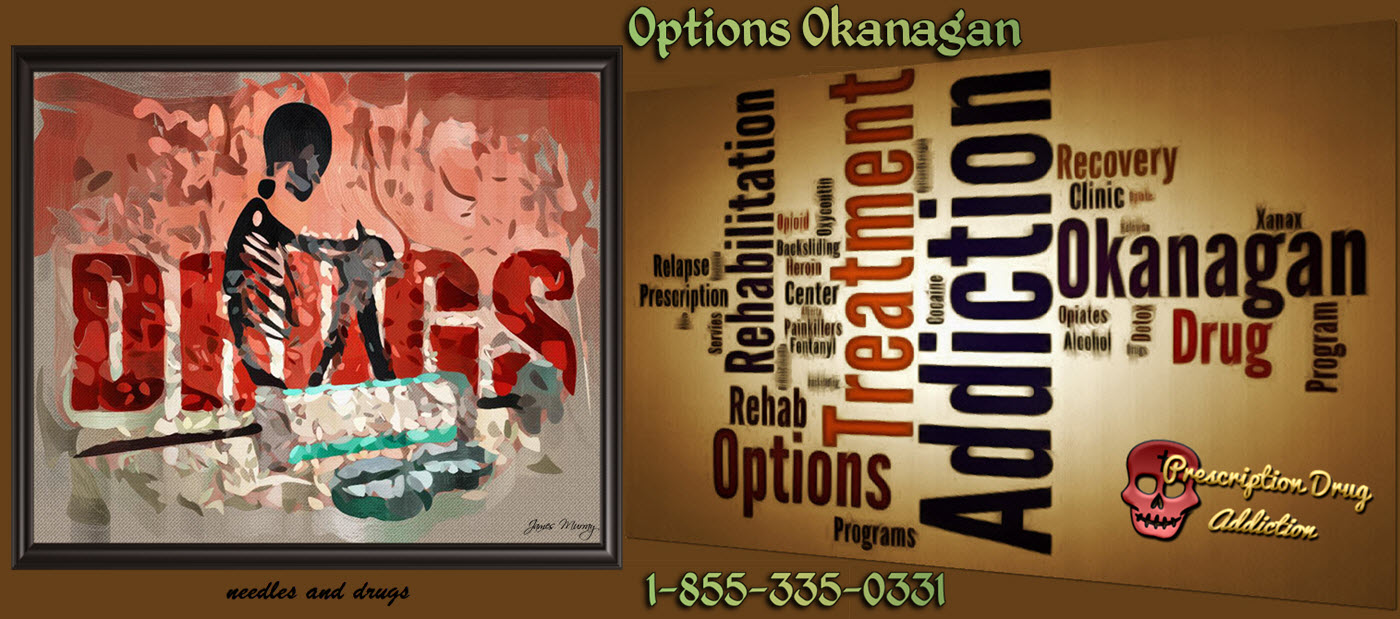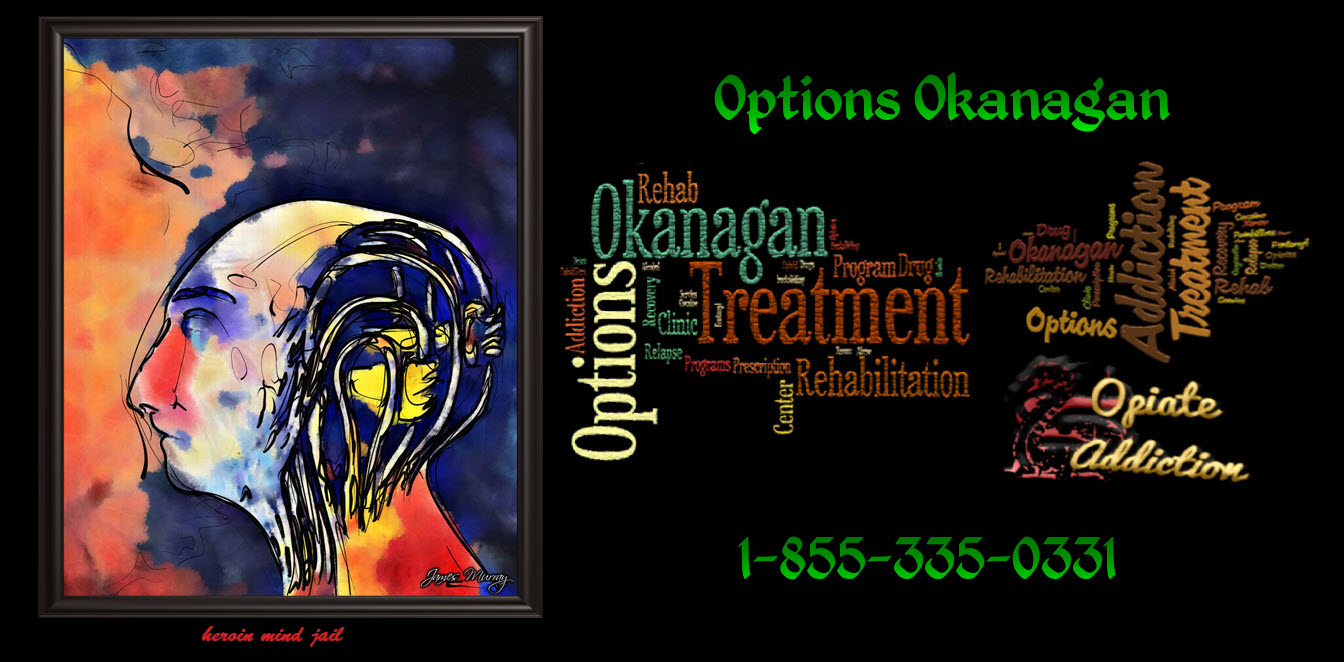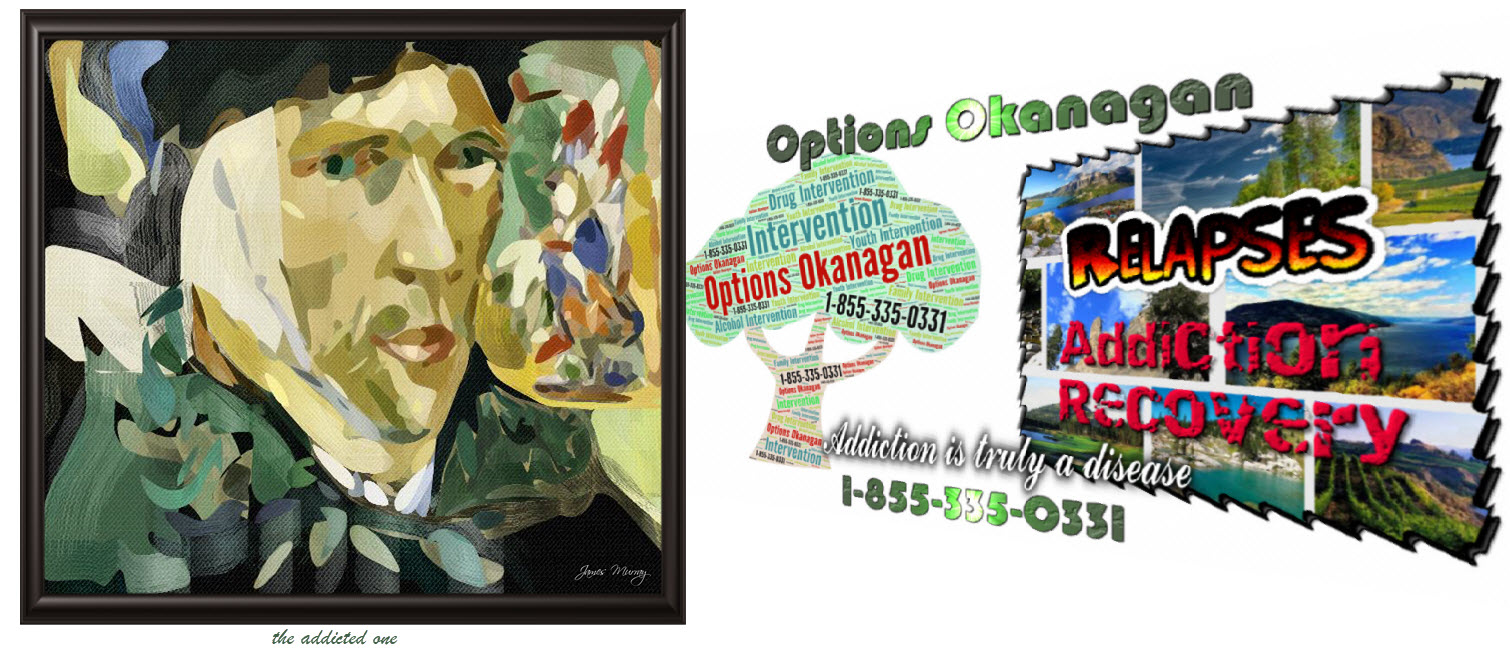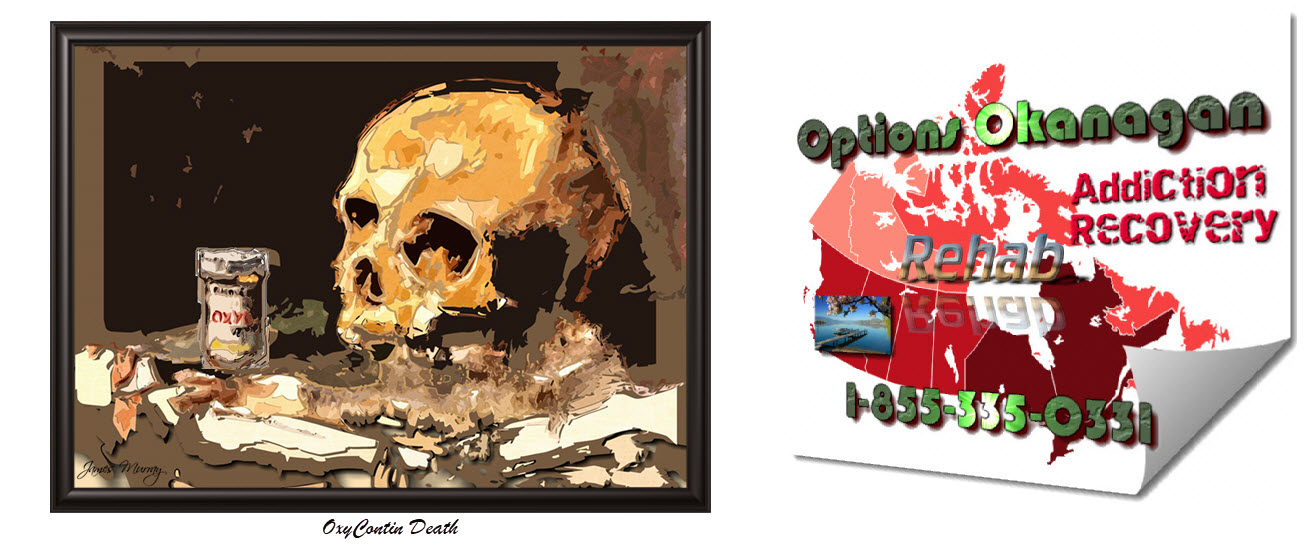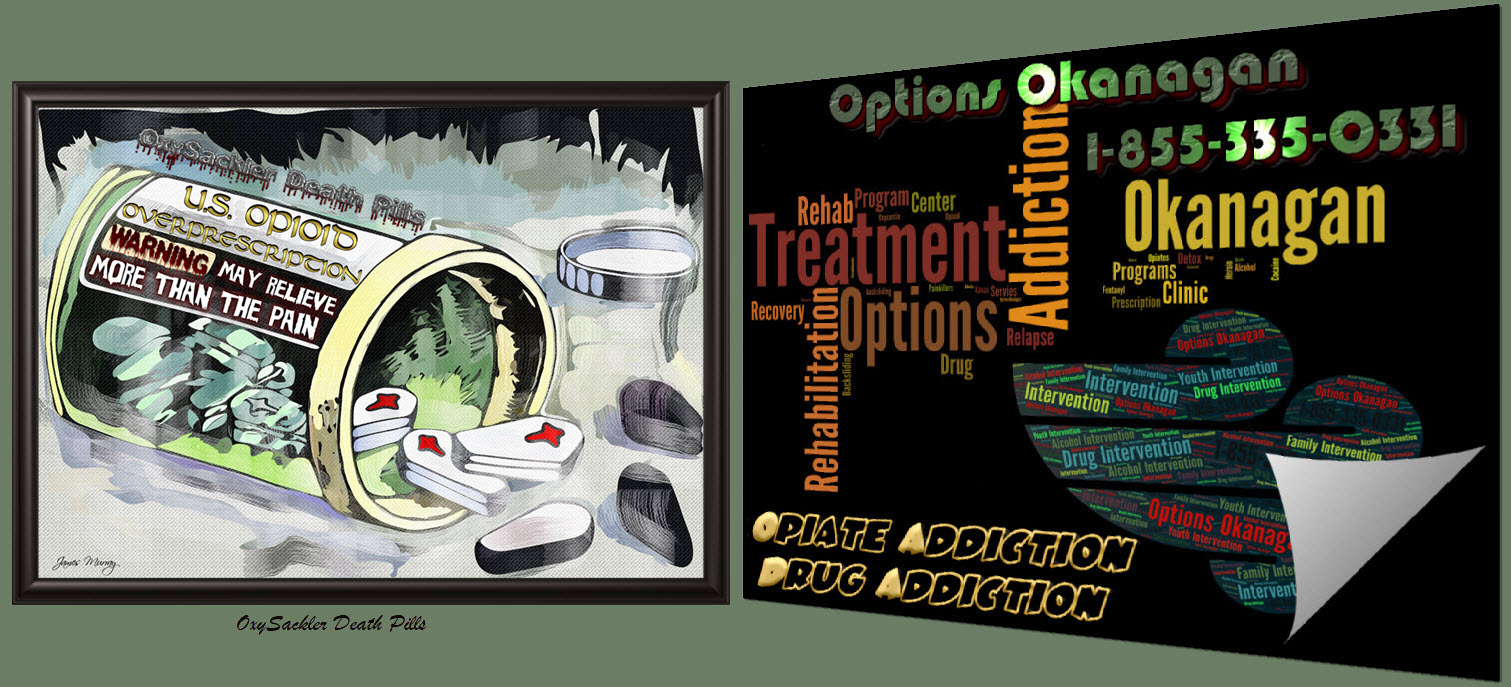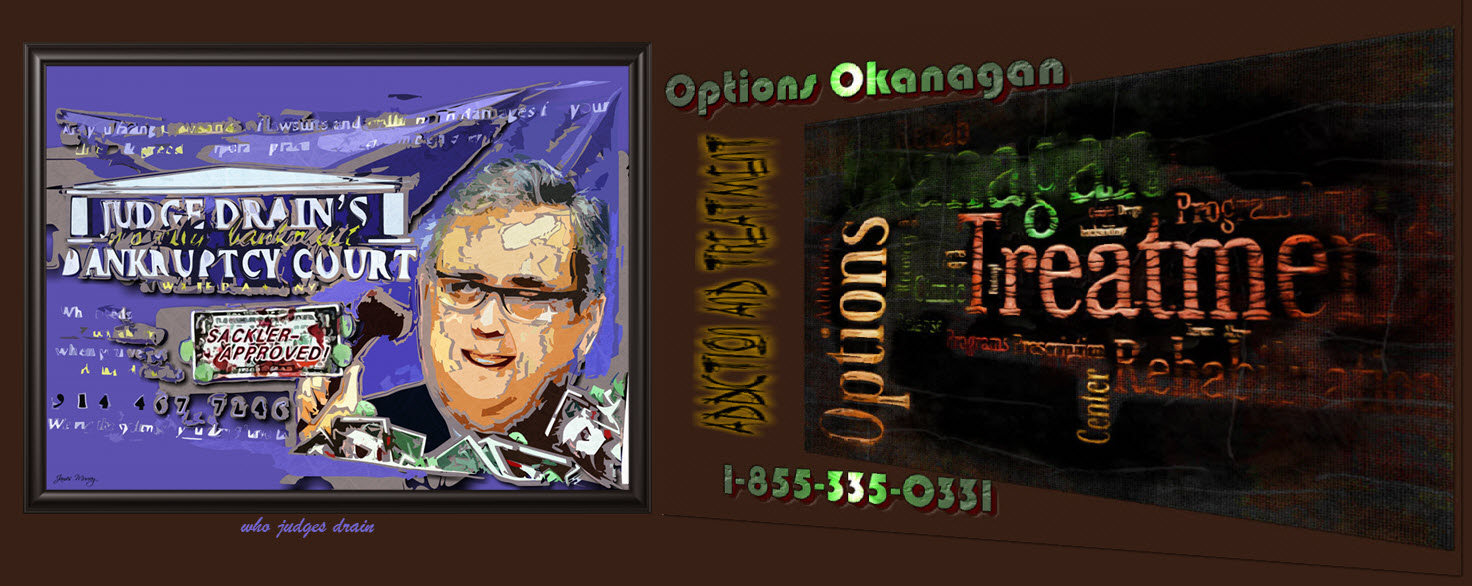Opioid Addiction Rehabilitation Services: What the public needs to know about drug Opioid addiction – Opioid and Drug Rehabs in British Columbia and Alberta – Options Family Wellness Addiction Center in Kelowna, British Columbia treating drug, opioid, fentanyl, heroin and alcohol addiction and recovery.
Opioid rehabilitation in British Columbia and Alberta
“Oxycontin: The Spark that Ignited the Opioid Crisis and How Stigma and Bans Fuelled it”
November, 2022 – Johnson & Johnson (Own Large Opium [850] Farms in Tasmania, Australia which supplied the opioid crisis), US drug distributors McKesson Corp, Cardinal Health Inc, and AmerisourceBergen Corp, CVS Health and Walgreens, Walmart, Teva Pharmaceutical Industries, Purdue Pharma and The Evil Sackler Family settling Opioid/OxyContin Crisis lawsuits over 52 Billion in remediation payments and for damages related to the opioid crisis.
The opioid crisis, which has claimed over 800,000 lives since the late 1990s, is a complex issue with multiple contributing factors. One of the main drivers of the crisis is the over-prescription and over-marketing of opioid painkillers like OxyContin, which was produced and marketed by Purdue Pharmaceuticals. However, the story doesn’t end there. Stigma and bans surrounding opioid use have also played a significant role in fueling the crisis.
When OxyContin was first introduced in 1996, it was marketed as a revolutionary pain management solution. Purdue Pharma, the manufacturer, downplayed the potential for addiction, claiming that less than 1% of users would become addicted. However, as we now know, this was a false claim. OxyContin is an opioid, a class of drugs that includes morphine and heroin, and its effects are similar to these drugs. Research shows that the pattern of opioid prescribing from 1999 to 2008 is directly linked to an increase in overdose deaths.
As concerns about opioid overdose increased, prescribing practices were monitored, and Purdue Pharma replaced the original OxyContin pill with a new “abuse prevention” formula in 2010. This made it more difficult for individuals to crush the pill and inhale the powder. However, this change in formula had unintended consequences. Many people who were addicted to OxyContin turned to heroin, which is cheaper and easier to obtain. This led to an increase in fatal heroin-related overdoses, often referred to as the second wave of the overdose crisis.
The growing heroin market paved the way for fentanyl to enter the US illegal drug market. Fentanyl is a drug for severe pain and it’s 50 times more potent than heroin. In terms of shipping and traffic efficiency, fentanyl is easier to transport and sell than heroin. Fentanyl’s entry into the illegal drug market, especially when combined with heroin, has resulted in a doubling and tripling of overdose deaths between 2012 and 2013.
Since then, fentanyl has polluted the supply of illegal drugs in the United States. It’s often found not only in heroin, but also in cocaine, MDMA, methamphetamine, and counterfeit prescription pills. The result is that individuals who take these drugs do not know what the contents or percentage mixtures are, or even if it’s real heroin they are using. This has led to a dangerous and unpredictable drug environment for users.
The opioid crisis has had a disproportionate impact on communities of color, who have seen an increase in fatal overdoses. Recently, disruptions to the COVID-19 supply chain have caused individuals to use up everything available, leading to an increase in drug overdoses.
The opioid crisis is a complex issue with multiple contributing factors. The over-prescription and over-marketing of opioid painkillers like OxyContin is a significant driver of the crisis, but stigma and bans surrounding opioid use have also played a role. These bans and stigmatization have led to a dangerous and unpredictable drug environment for users and have had a devastating impact on communities of color. It’s important that we take a comprehensive approach to addressing the opioid crisis, one that includes addressing the root causes, providing support and resources for those who are affected and addressing the stigmatization of addiction.
The Evil Sackler Family – OxyContin – 16 short videos
It’s important to note that the opioid crisis is not just a problem in the United States, it’s a global issue. Many countries have been affected by the over-prescription and over-marketing of opioid painkillers, as well as the proliferation of illegal drugs like fentanyl. It’s essential that we work together to address this crisis and to find solutions that will help prevent future epidemics.
One solution that has been proposed is to shift the focus from criminalizing drug use to treating it as a public health issue. This approach would involve providing support and resources for those who are affected, rather than punishing them for their addiction. This could include providing access to addiction treatment, harm reduction measures, and overdose prevention.
Another solution is to address the root causes of the opioid crisis, such as poverty, unemployment, and lack of access to healthcare. Addressing these underlying issues can help to reduce the demand for drugs and provide individuals with the support they need to overcome addiction.
Finally, it’s crucial that we address the stigmatization of addiction. Addicts are often stigmatized and discriminated against, which can make it difficult for them to seek help and support. By changing the way we think about addiction, we can create a more supportive environment for those who are affected and reduce the negative impact of the opioid crisis.
Its important to note that the opioid crisis is a complex issue with multiple contributing factors, the over-prescription and over-marketing of opioid painkillers like OxyContin is a significant driver of the crisis, but stigma and bans surrounding opioid use have also played a role. It’s essential that we take a comprehensive approach to addressing the opioid crisis, one that includes addressing the root causes, providing support and resources for those who are affected and addressing the stigmatization of addiction. It’s important for us to work together and find solutions that will help prevent future epidemics and help those affected to overcome the addiction.
There are several authors and books that focus on the subject of Oxycontin and its role in the opioid crisis, as well as the impact of stigma and bans on the crisis. Some leading books in this field include:
Sam Quinones – “Dreamland: The True Tale of America’s Opiate Epidemic”
Barry Meier – “Pain Killer: An Empire of Deceit and the Origin of America’s Opioid Epidemic”
Andrew Kolodny, John F. Kelly, and Hilary Smith Connery – “The Opioid Epidemic: What Everyone Needs to Know”
David Sheff – “Clean: Overcoming Addiction and Ending America’s Greatest Tragedy”
Jonathan Kozol – “The Opioid Nation: A Painful American Story”
These books can provide you with a deeper understanding of the role of Oxycontin in the opioid crisis and the impact of stigma and bans on the crisis. They also offer an insight into the causes and consequences of the opioid epidemic and the people affected by it.
Tate Modern in London removes Sackler name from its walls because of the billionaire family’s major role in 800,000 opioid deaths in US
- Big pharma is under fire following Hulu’s drama series on opioid crisis, Dopesick
- Purdue Pharma, owned by Sackler family, admitted to lying about OxyContin
- The painkiller, a gateway to Heroin, is highly addictive, despite company claims
- Accused of ‘art-washing’ their fortune, the Sacklers are big donors to galleries
- Sackler family deny any wrongdoing as galleries expunge name from exhibits
The Grimmest Milestone That America Ignored this Year
In the shadow of the Covid-19 pandemic, the number of overdose deaths surged past 109,000 for the first time in 2022.
If you or a loved one is currently struggling with opioid addiction, a rehab facility is a very viable recovery option. The rehab center understands what you are going through when it comes to addiction, and there will be others who share the same pain. Be careful when choosing your rehab center and note that your battle over opioid addiction gets easier over time.
Options Opioid and Alcohol Treatment Center in Kelowna, British Columbia – Men and Women are recovering and healing from Alcohol and Drug Abuse at our treatment center here in the Okanagan right now.
Our unique and distinctive Opioid Drug and Alcohol treatment program allows men and women to come in from Calgary as well as Edmonton as we offer airport pickup.
Numerous clients come to us from Vancouver, Calgary and Edmonton and other locations in Alberta and even other provinces for Opioid addiction treatment, heroin drug treatment, many other drug and alcohol addictions for rehabilitation because of the uniqueness of our treatment center.
Our (Kelowna) Alcohol and Drug Treatment Program Location:
(Not Mailing Address) – Contact Us – Web Page
For Mail Delivery :: Please contact the center for the correct mailing address, and this is the location of our residential treatment programs in Kelowna. Please call Toll Free 1-855-335-0331 – to contact the treatment center you are going to for the address and directions.
Options Family Wellness Addiction Center
551 Sherrydale Crescent, Kelowna, British Columbia, V1V 2E6
Toll-Free Phone Number: 1-855-335-0331


